Tien Giang Phan Tuan Khang, an 11th grade student in Go Cong Dong, created many paintings of lotus flowers, fields, and rivers in the Western region from corn husks, banana stems, and water hyacinth.
Khang is currently a student at Nguyen Van Cong High School. No one in his family is an artist, but Khang has loved drawing since he was a child. He studied and explored on his own, with the help of art teachers at school.
More than a year ago, Khang learned that some artists use natural materials such as cajuput bark and lotus leaves as creative materials, so he also wanted to experiment.
The male student realized that banana stems, corn husks and silk, and water hyacinth growing wild in the rivers and canals in his hometown were rich sources of materials that could be utilized. In addition to not costing money, these materials were also environmentally friendly.
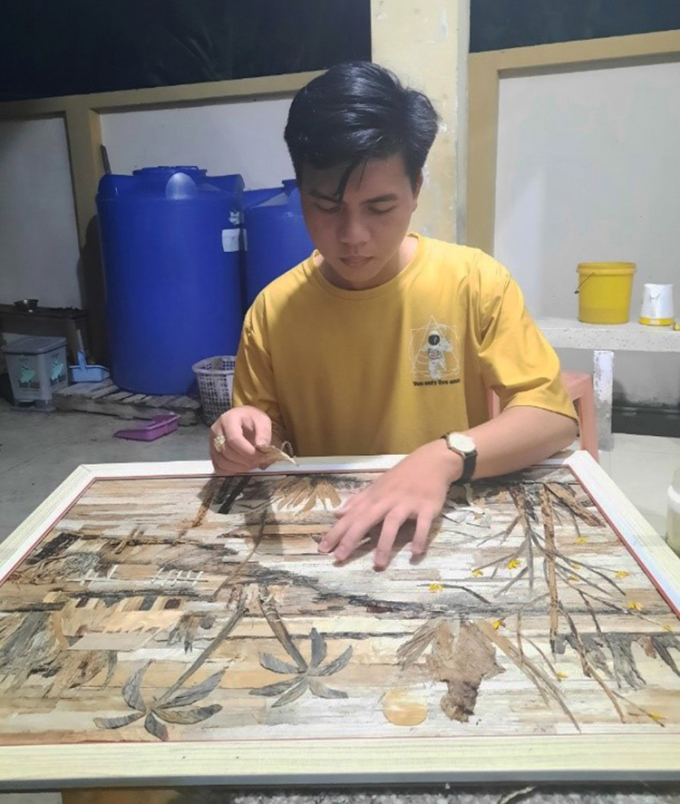
Phan Tuan Khang pasted banana leaves to complete the painting "Soul of the Countryside". Photo: Nam An
In his spare time, Khang visualizes the composition of his paintings and sketches them on plywood with a pencil. He also harvests, processes and dries the raw materials.
According to the male student, to limit the use of chemical colors, he takes advantage of the available tones on the materials when mixing colors for his work.
"The edge of the banana stem is usually white, then there will be a yellow layer, the middle of the stem is usually dark brown, depending on your intention, you can classify and cut into shape, use glue to stick on the sketched shape", Khang gave an example.
After that, the male student tries to put the picture together on a side board to gain experience, make corrections, and then make the original. Depending on the difficulty and details, each of Khang's works takes from one to two months to complete. In the final step, Khang uses anti-mold and anti-humidity glue to protect the surface.
The male student said that a painting made from natural materials, if well preserved, can be used for 3 or 4 years.
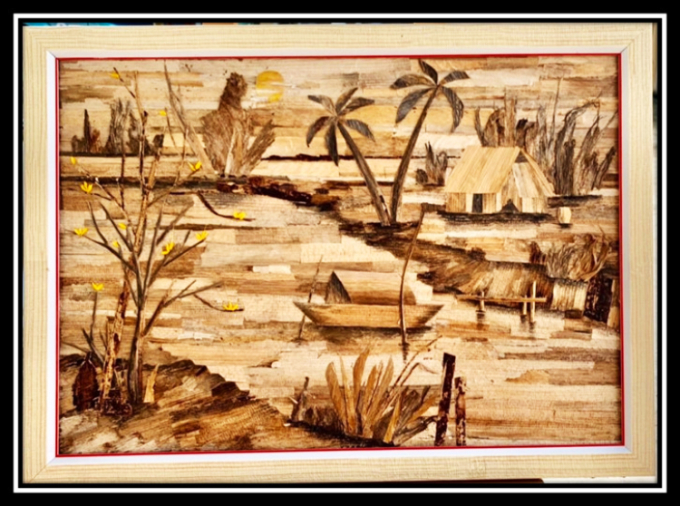
"Soul of the Countryside" by Phan Tuan Khang . Photo: Nam An
Last year, the male student's work "Countryside Soul" made from banana leaves and rice flowers surpassed hundreds of other works to win third prize in the national "Youth, Teenager and Children's Creativity" contest. Khang said the painting depicts peaceful life in a Western countryside village with familiar images such as a river, a boat and coconut trees.
Earlier this year, my classmates and I made the paintings "Lotus Fragrance of Go" and "Royal Tomb" using dried corn husks, corn silk, and water hyacinth.
Khang said he chose the lotus because it is the national flower. Meanwhile, the "Royal Tomb" is a national historical site in Long Hung, Go Cong town. The mausoleum was built in 1826, and is the resting place of Duke Pham Dang Hung, the maternal grandfather of King Tu Duc and the father of Queen Mother Tu Du, wife of King Thieu Tri. He was an honest mandarin, both literary and martial, during the Nguyen Dynasty.
Khang selected the corn husks from large, worm-free cobs and then dried them. Because they had only one color, the male student and his friend dried the husks under the sun at different levels, the longer they were dried the darker the color became.
"After that, I put the corn husks into the press and rolled them flat to make lotus petals and leaves. I used corn silk to make buds and pistils, and dried water hyacinth to make the lotus stem," Khang said.
Recently, Khang and his friends' paintings won first prize in the "Creativity for Youth, Teenagers and Children" contest of Go Cong Dong district and were selected to compete at the provincial level.
Mr. Nguyen Quang Khai, Khang’s instructor, commented that his student’s paintings are very soulful, stemming from his high imagination and artistic talent. Khang’s works can be used as teaching aids or displayed to promote the image of his homeland.
Nam An
Source link


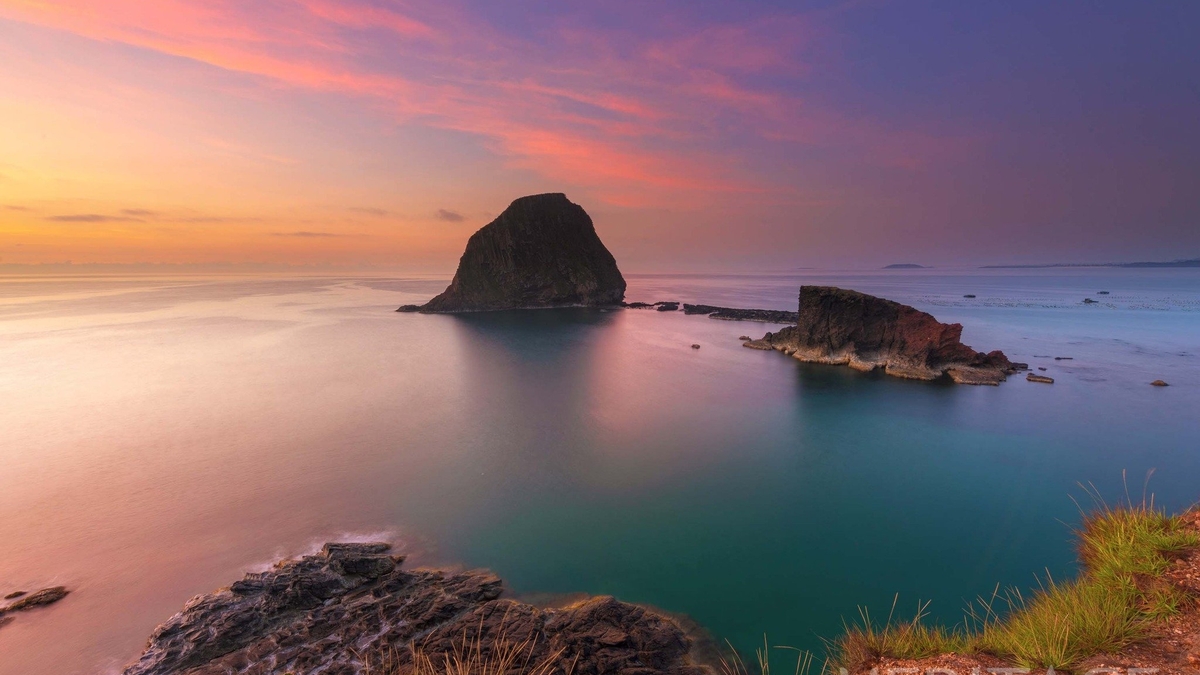
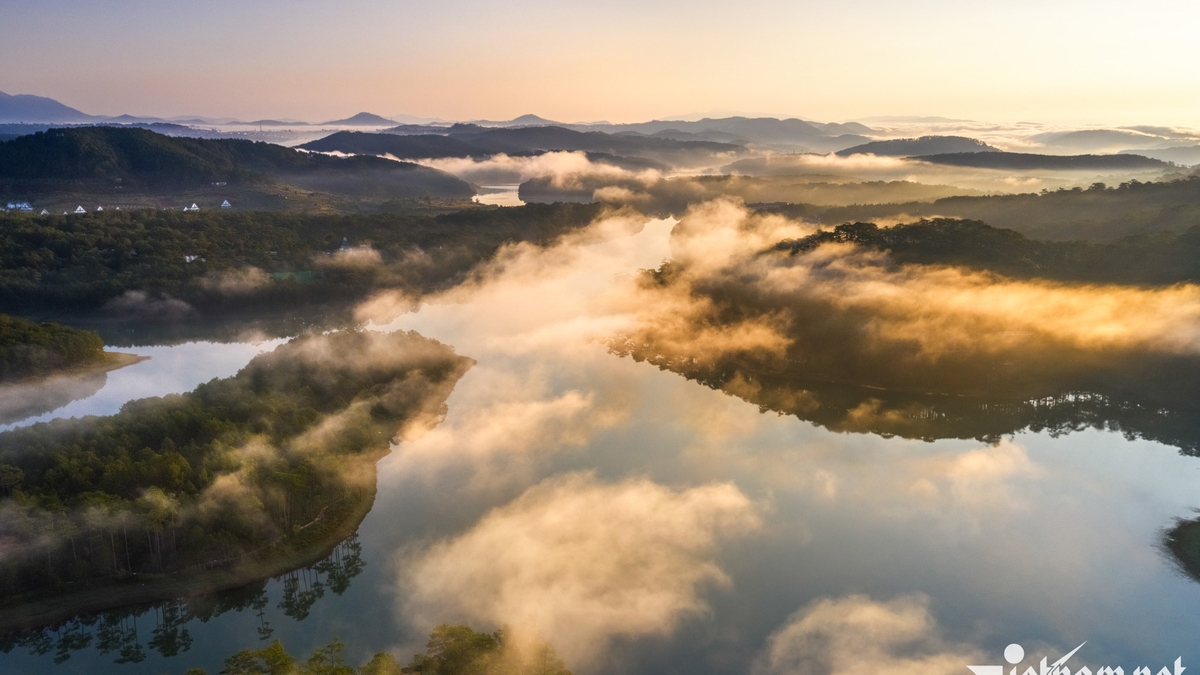
![[Photo] Prime Minister Pham Minh Chinh meets with representatives of outstanding teachers](https://vphoto.vietnam.vn/thumb/1200x675/vietnam/resource/IMAGE/2025/11/15/1763215934276_dsc-0578-jpg.webp)
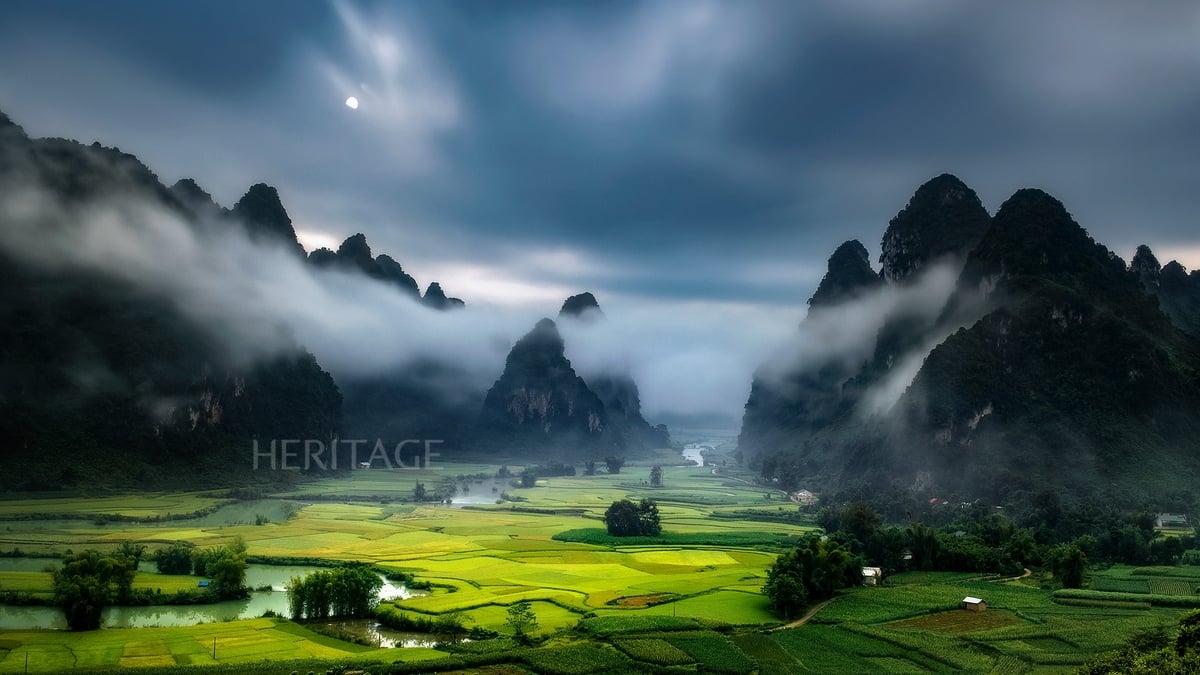
![[Photo] General Secretary To Lam receives Vice President of Luxshare-ICT Group (China)](https://vphoto.vietnam.vn/thumb/1200x675/vietnam/resource/IMAGE/2025/11/15/1763211137119_a1-bnd-7809-8939-jpg.webp)

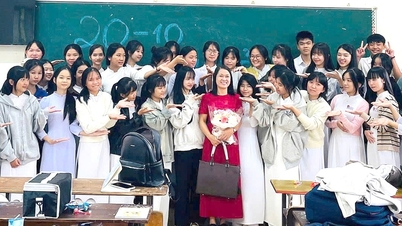



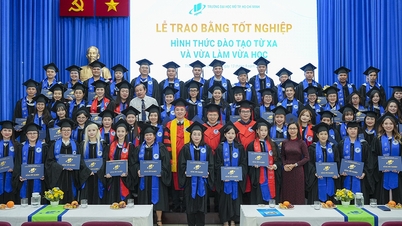

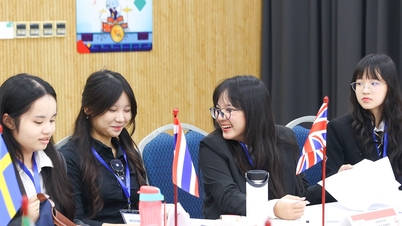

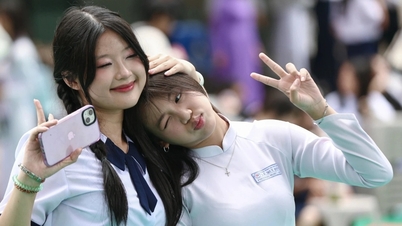

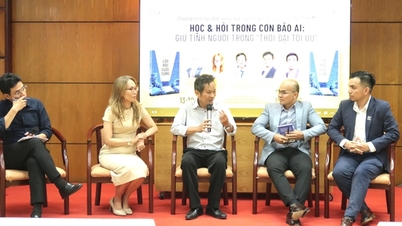

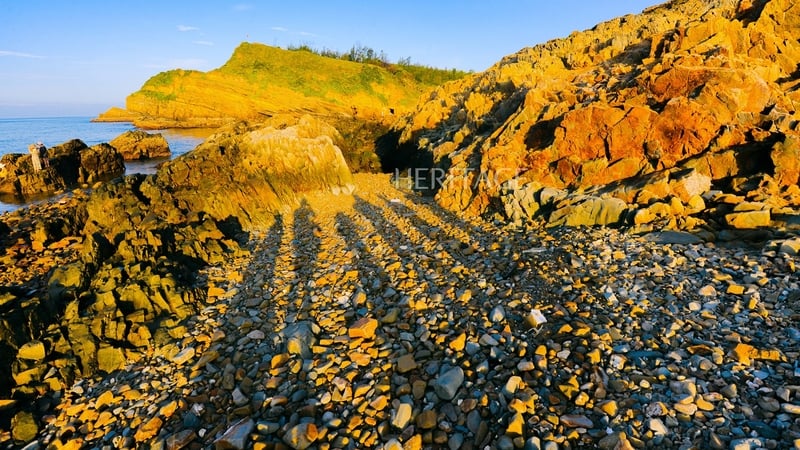

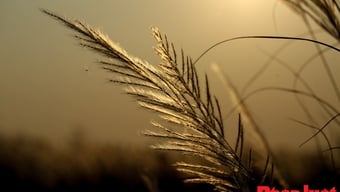
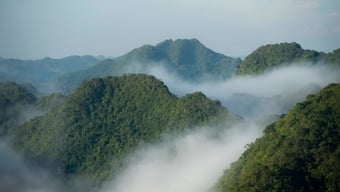








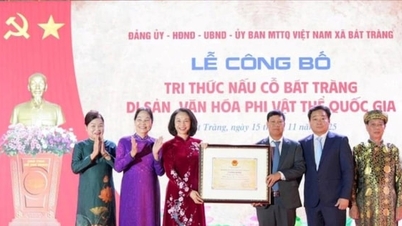

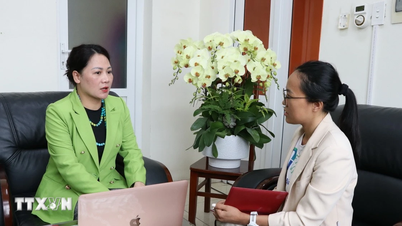

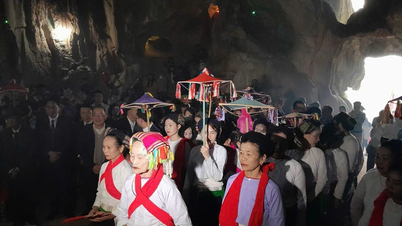

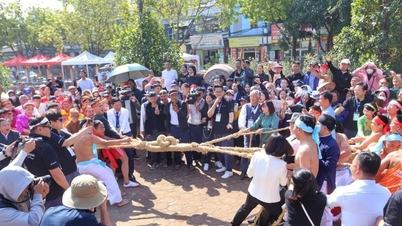

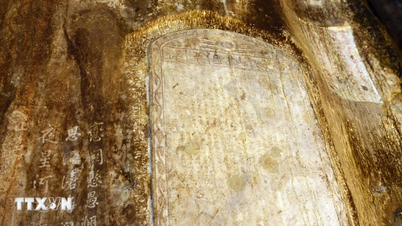
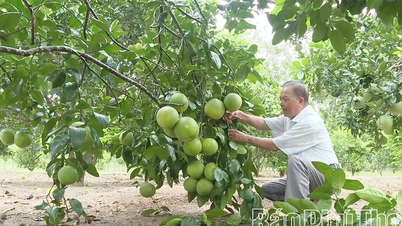


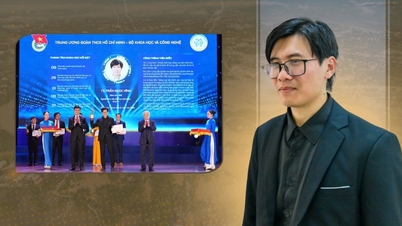


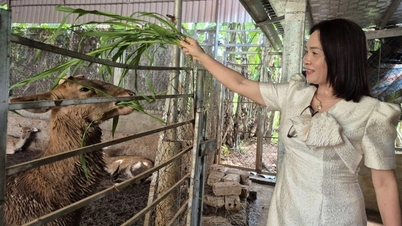







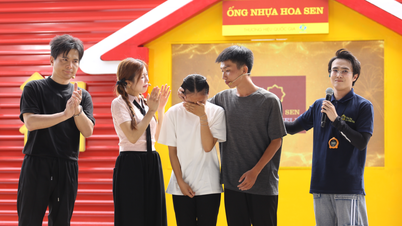


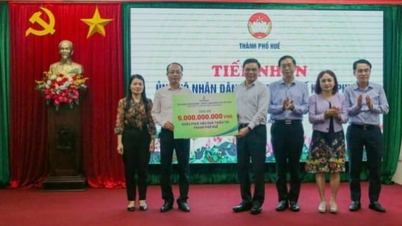

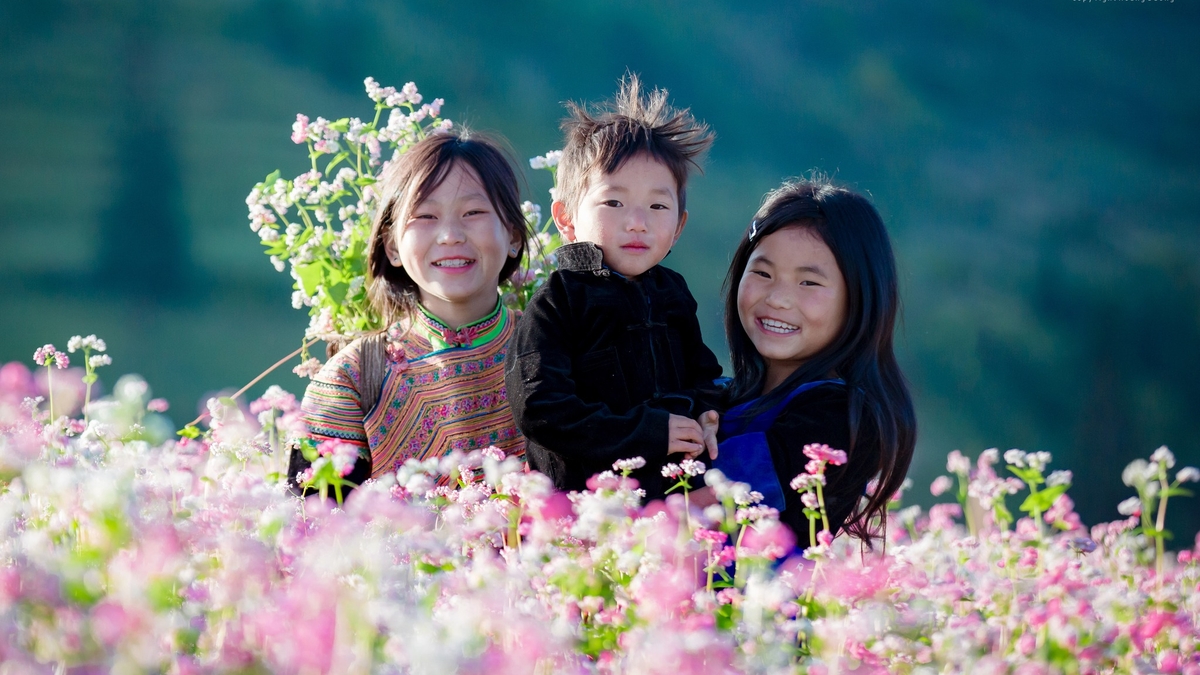


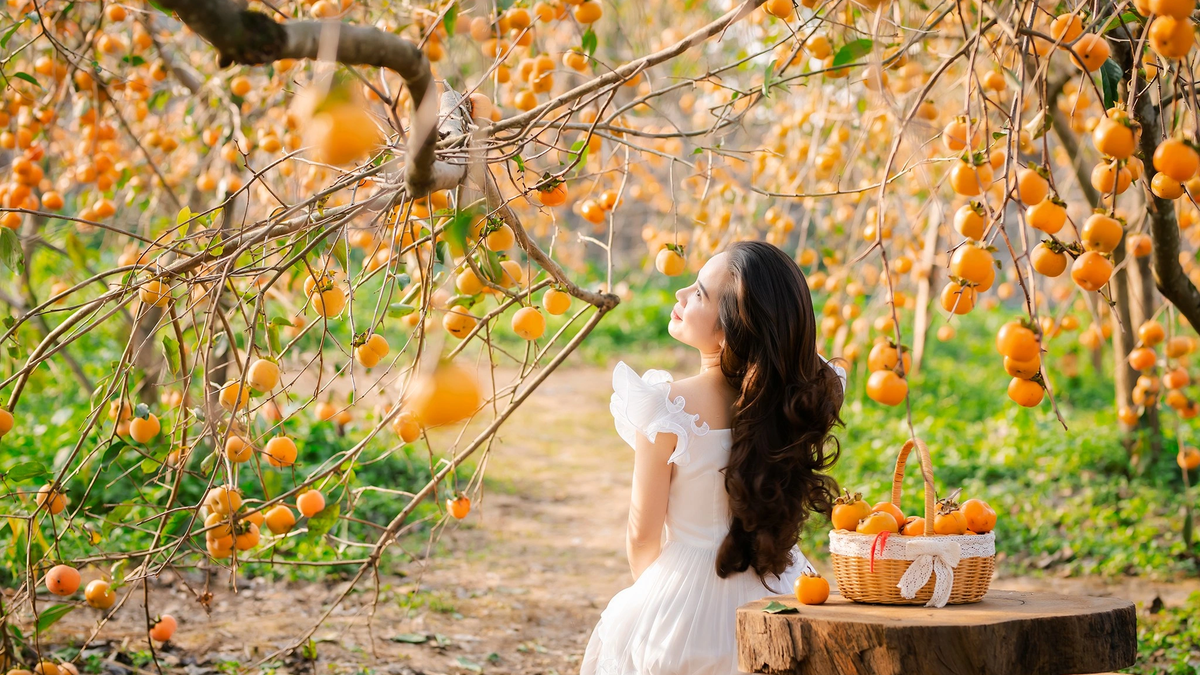
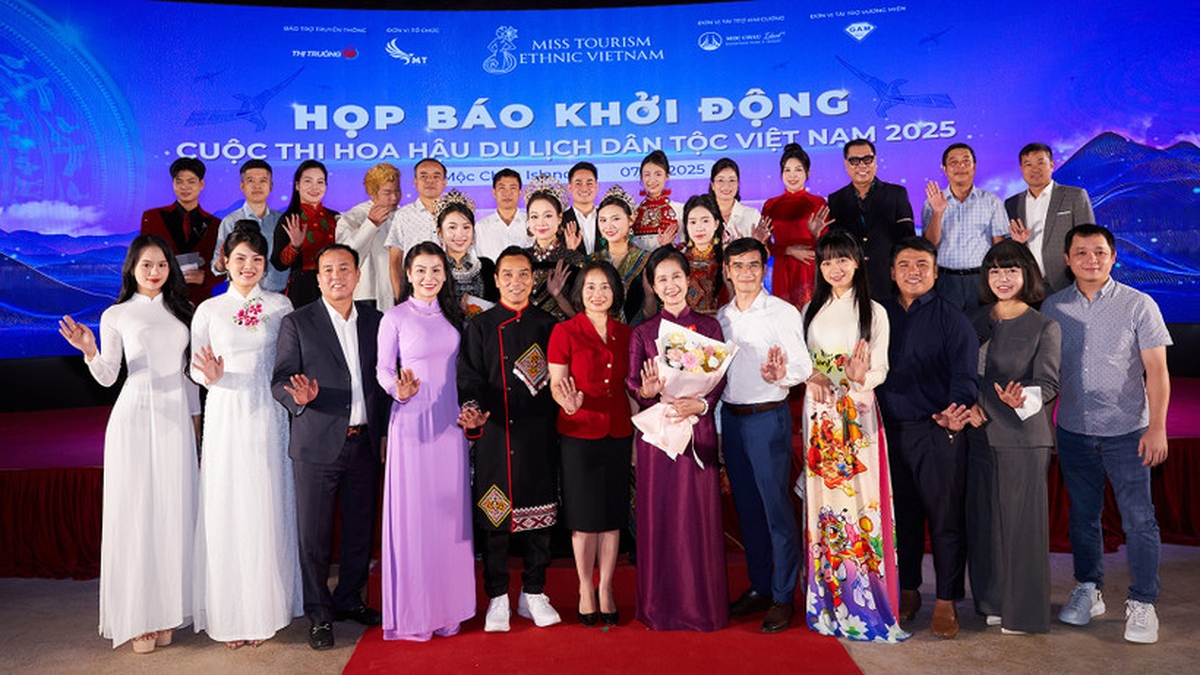
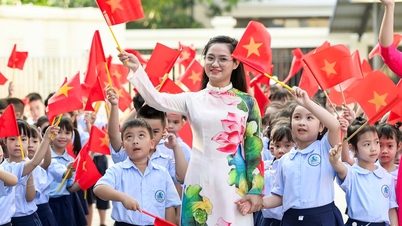




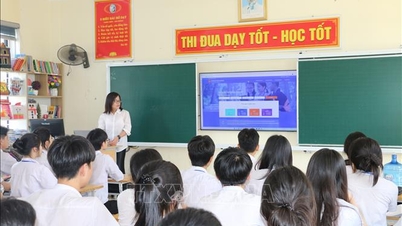

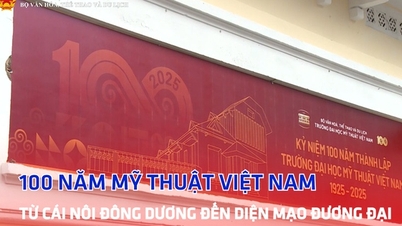





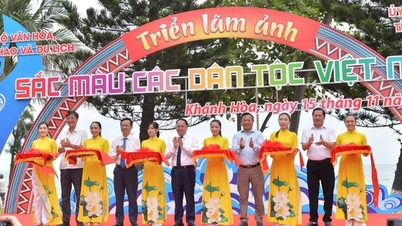


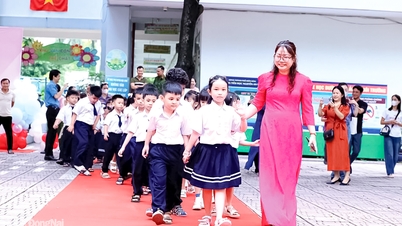





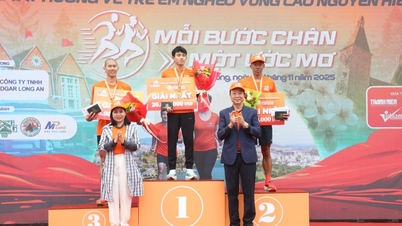

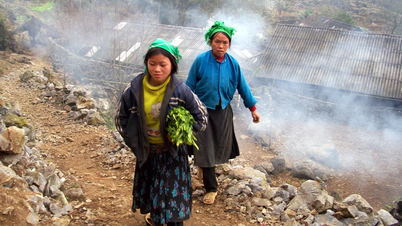

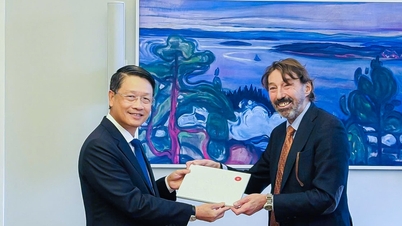


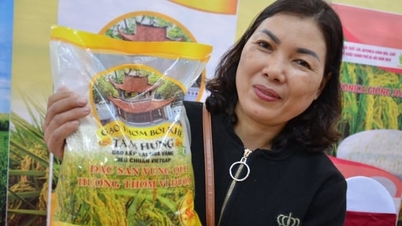
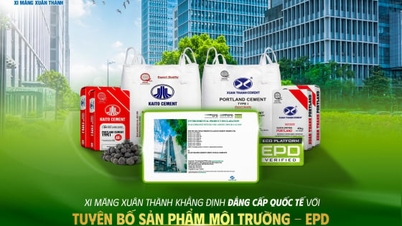



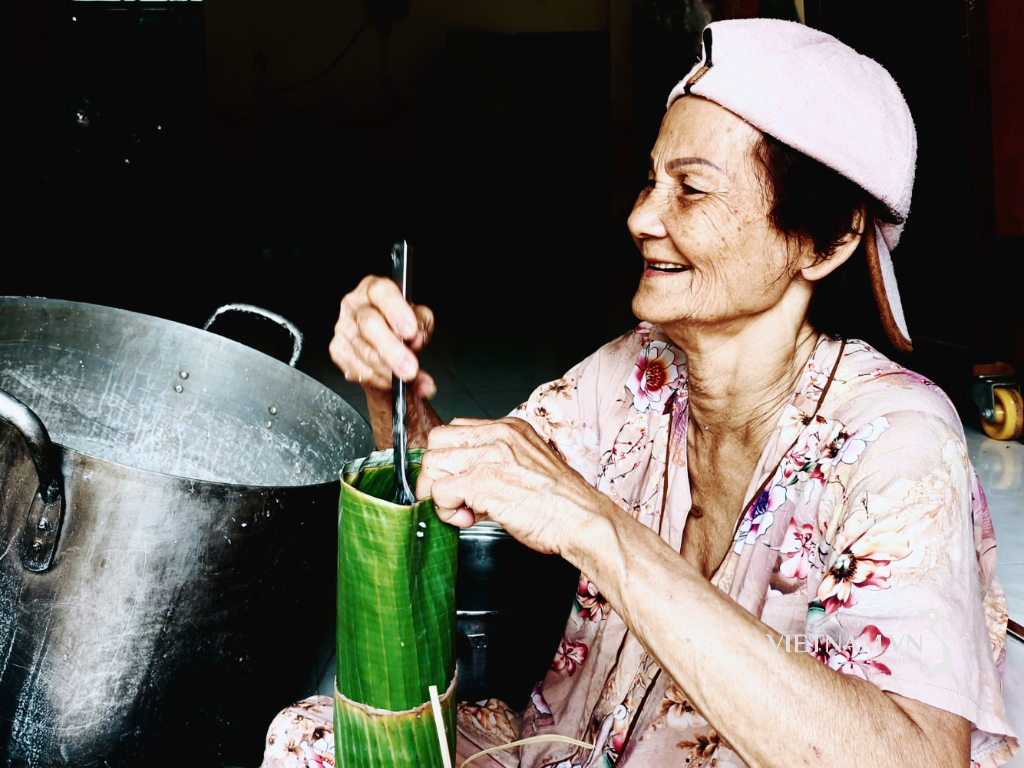

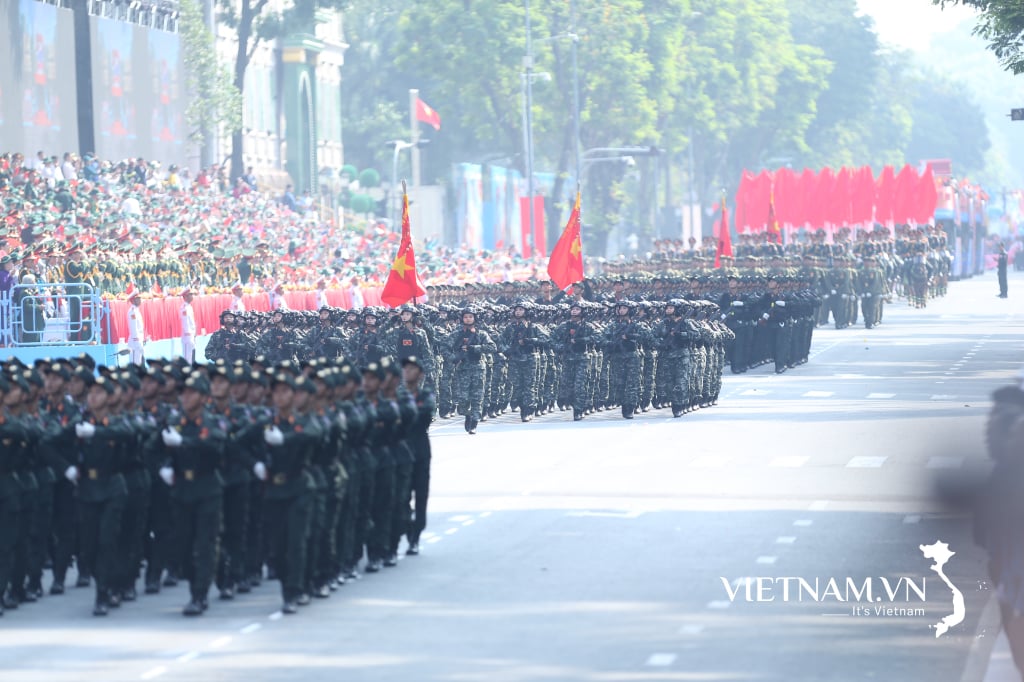

Comment (0)